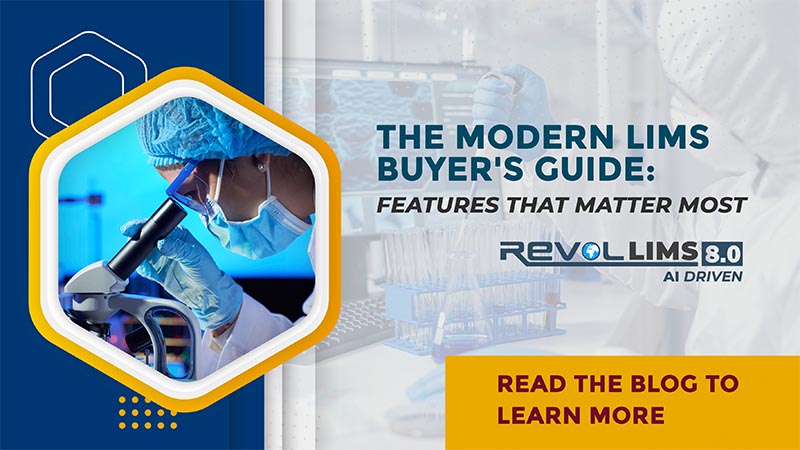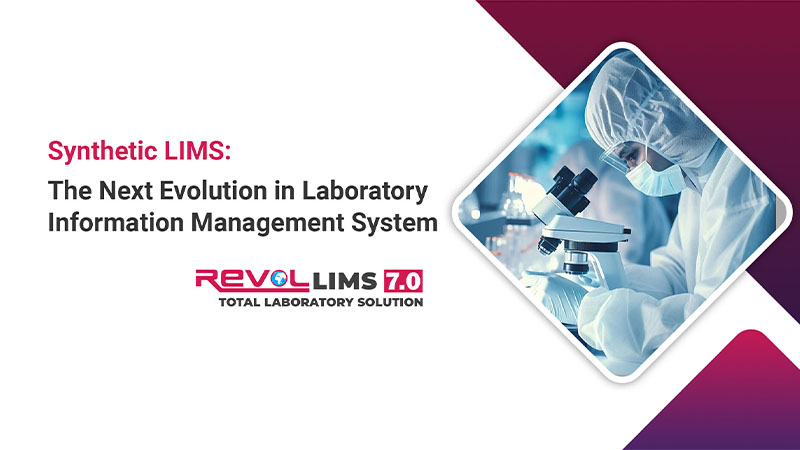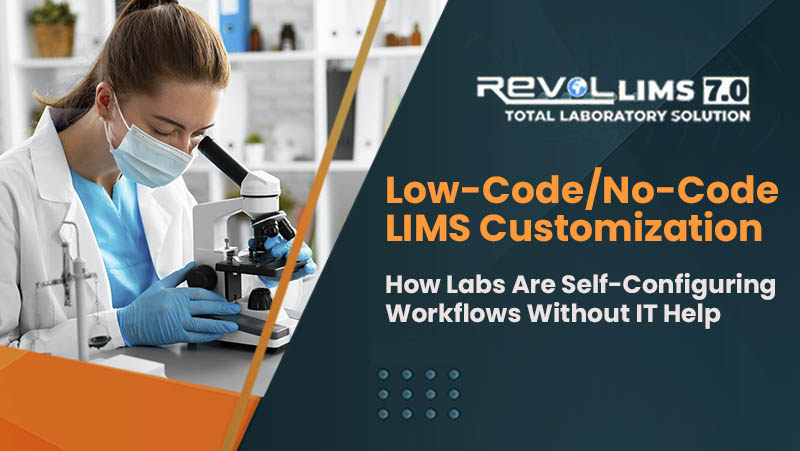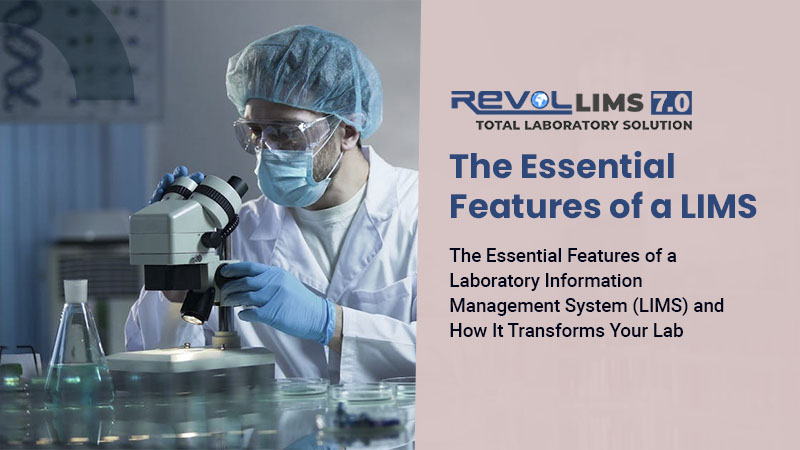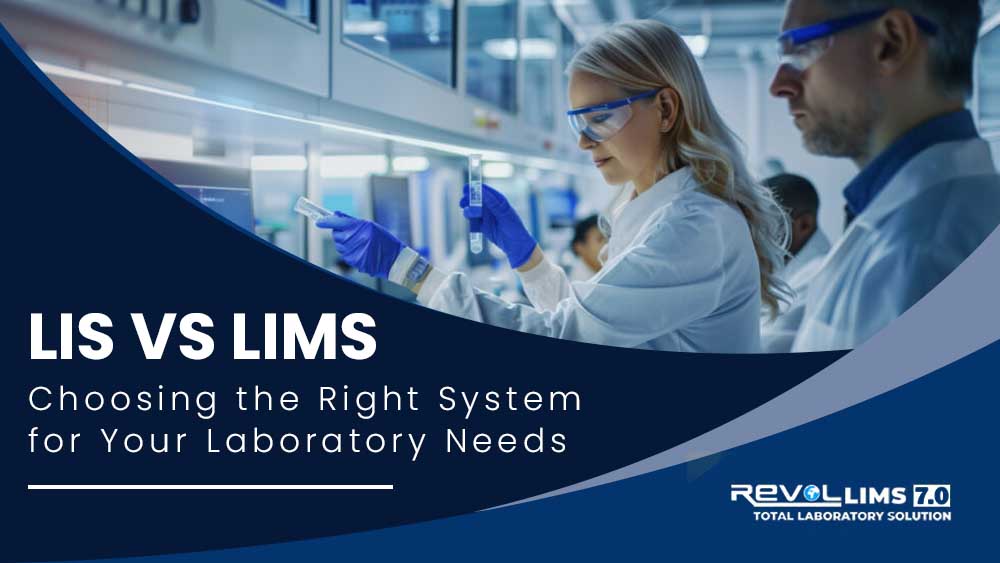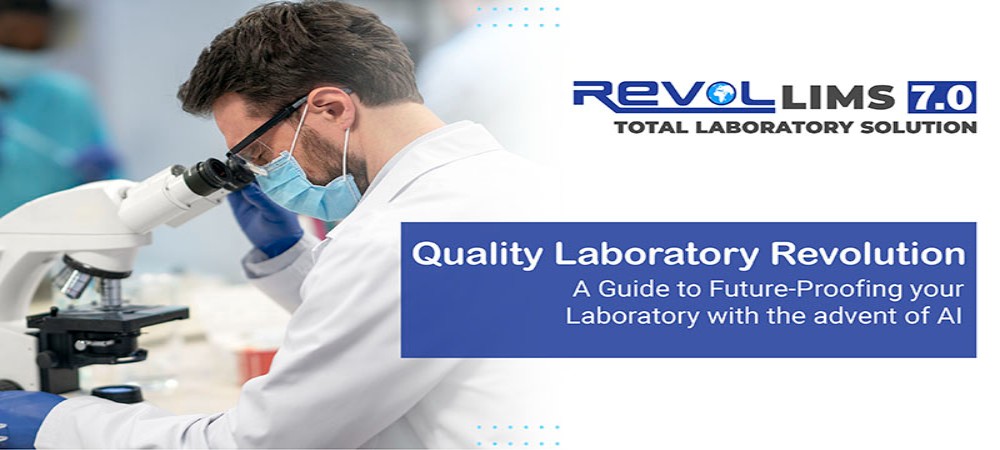
As Quality laboratories around the world continually evolve in complexity and technology, the volume of data they need to manage has also become vast. This is where LIMS (Laboratory Information Management System) comes into play. Most of the managements would agree on the importance of investing in LIMS . Here comes the most critical decision to make, building one or buying one. While some may stress on the importance of customized In-house LIMS, on the other hand considering time, money and other intangible assets, other may prefer a vendor. Let’s delve into pros and cons of either. Even though many Industries have witnessed the growth and expansion of in-house LIMS, the convolution in Life science Industry has pushed to opt for LIMS from an experienced vendor.
Benefits of LIMS
Customization :
Where many speak in favour of in-house LIMS for its niche in customization, yet it has to be understood that customization comes with a bane. It may incur vast amount of money, time and human resources to devote, this is especially difficult for them who wish to transition from Paper to LIMS. It was a myth believed that customised in-house LIMS is a best fit for an organization or lab, as it can be tailored to their needs. Besides lack of experience in visualizing the solution and its scalability for future needs will only make the investment a white elephant. But rarely lab processes are unique. Laboratories obtain samples, they analyse it based on pre-set standards or rules, get the result, pass it on to the approval authority and submit. It is usually the flow of sample, types of instruments used, and the type of analyses that distinguishes. These inconstant stipulations can be better incorporated by an outsourced LIMS.
Time :
Initial setup and maintenance can be expensive. Building an inhouse LIMS can be time consuming when compared to an outsourced one, which in turn can prove exorbitant. Vendors typically provide quicker setup times and ready-to-use solutions.
Flexibility :
As the lab expand, Inhouse LIMS paves way easily. Expanding the system may require additional IT staff and resources, which can be a limitation for smaller organizations. Also, customization and integration efforts can be time-intensive, potentially delaying expansion plans. Vendors provide scalable solutions, allowing organizations to expand quickly without any internal resources. Most outsourced LIMS come with regular updates and enhancements from the vendor, facilitating rapid adoption of new features. Organizations can often scale up or down based on usage without the burden of managing infrastructure.
Data migration from bequeathed system:
The effectiveness of any LIMS solution lies in its seamless integration with a variety of laboratory instruments and Business Intelligence systems and others. When left alone they create data silos productivity bottlenecks and if Disjointed create a frustrating environment for users.
Regulatory Compliance :
Developing a LIMS and maintaining it in regards to evolving compliance is tedious. It requires hefty amount of time, skill and technical expertise to recruit. Also, let’s not forget the meticulous documentation needed now and then, which in some cases may distract from the core services. On the other hand, a commercial LIMS is developed, tested and deployed in accordance with Regulatory compliance. This gives much space to focus on the core services.
Switching to a Commercial LIMS is a boon in terms of managing internal resources, which can be in a way be used for other core services free from developing, testing, meticulous documentation, deploying, maintaining, adhering to regulatory compliance etc.It is recommended that purchasing a commercially available LIMS offers a more promising and streamlined path than developing a system from scratch, which may result in an inefficient and rudimentary solution despite significant investments of time, effort, and money.
